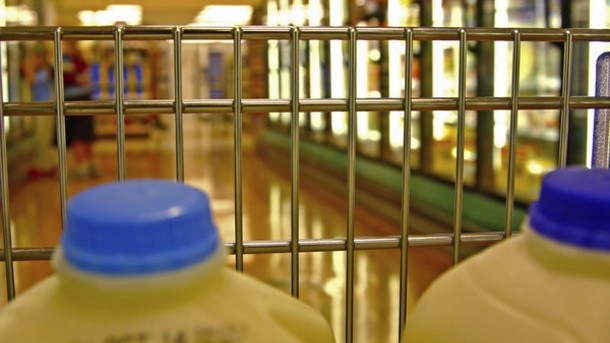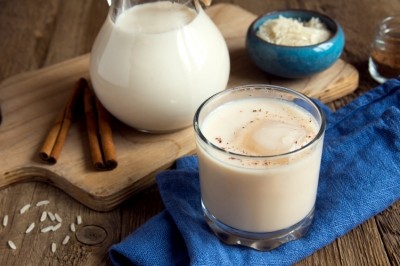Dairy industry has incentive to engage shoppers at grocery store

Genevieve Poirier-Richards, senior vice president of marketing for the National Fluid Milk Processor Promotion Board and Milk Processor Education Program (MilkPEP), said, at the “Dairy Dynamics at Retail: Opportunities for Growth” session at the 2016 IDFA Dairy Forum, that the industry is not engaging shoppers in the same way other industries are, with improvements in packaging, signage and other aspects of marketing products.
A lot of shoppers are on “automatic” in that they buy whatever milk brand they’re most familiar with automatically on grocery trips. However, she said there are other aspects of milk and other dairy products that could be touted, such as its high protein content, which approximately half of shoppers don’t know about.
“It’s still news, it’s still important to them and it resonates when they’re made aware of it,” she said.
Dairy case’s value
The dairy case in general is worth about $60bn, with milk creating 25% of that value.
Doug Adams, president of Prime Consulting Group, said the dairy department delivers 20% of grocers’ profits but is only allotted 3% of store space.
“That’s incredible leverage,” he said. “If you look at it, it’s almost same level of profitability of the grocery department that makes up a third of the store. If you go to the bottom line, what you find is the dairy department [delivers $16.03 per every linear foot].”
When looking at other areas of the store per linear foot, he said produce brings in an average of $13.32, meat is worth $13.13 and packaged deli’s space is worth about $8.82. Grocery is very low, at approximately $1.76 per linear foot.
Adams said if a grocery store took out the worst performing four feet of soft drinks, laundry, diapers and other department and used dairy instead, they would make an additional $42,700 profit.
“Those are unbelievable numbers, very strong,” he said, adding that a local division of 125 grocery stores could make an additional $5.3m, by this math.
Other statistics from Adams that show dairy’s potential in grocery stores included:
- Dairy is in 87% of big baskets, but only in 23% of “10 item or less” baskets.
- On average, grocery stores carry a day-and-a-half supply of milk
- However, stores carry a 5.9 day supply of almond milk and 7.8 day supply of soy milk.
The lack of ability to compensate for milk’s demand is “killing the milk case,” Adams said.
“It’s time to hit the reset button and focus on milk and rebuild milk,” he said.
Adams recommended that dairy companies have conversations with grocery stores they are in, asking them to support innovation and growth, make every foot of space count and ensure that the foundation of milk supply at each shop is supported.








